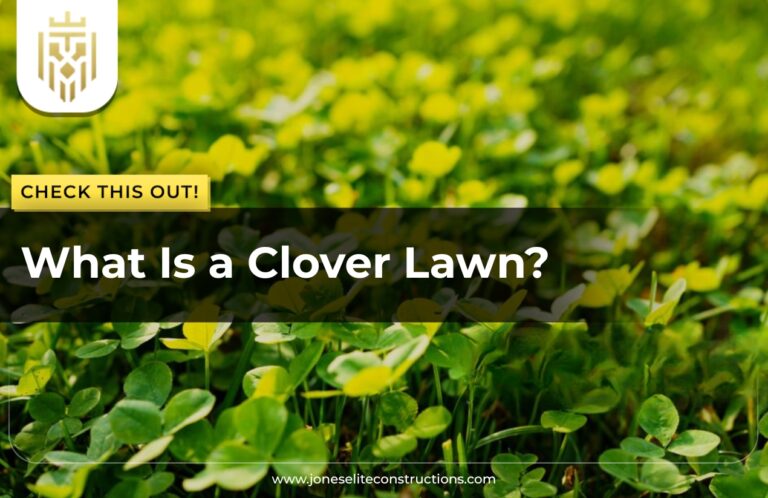What is eco-friendly pest control?
Eco-friendly pest control methods are those techniques that maintain pest populations with minimal harm to the environment, human beings, and non-target organisms. Unlike traditional chemical treatments, they work with natural ingredients, biological entities, or preventative measures. With these, the control of pests is secondary to the obligation of using non-toxic control methods that hold ecological balance in the longer run.
Why Pest Control Matters?

Pest control is more than a matter of convenience—it’s a necessity for protecting health, property, and quality of life.
-
Health Hazards
Rodents, cockroaches, and mosquitoes carry diseases cariogenic to humans like salmonella, leptospirosis, and malaria. If we leave them unchecked, they are a serious threat to the health and safety of any family.
-
Property Damage
Some termites, carpenter ants, and rodents can gravely damage our homes structurally. Through early and consistent pest control measures and timely repairs, further deterioration can be circumvented.
-
Food and Surface Contamination
Pests find their way to kitchens and pantries, contaminating food items, utensils, and surfaces. It can cause foodborne illnesses and hygiene concerns in families with children and pets.
Eco-Friendly Pest Control Methods

Adopting green pest control is not just a trend—it’s a step toward a more sustainable, healthier home environment. Below are some effective and eco-conscious techniques:
-
Botanical Insecticides
Derived from plants, botanical insecticides like pyrethrum are well suited to repel pests while breaking down in the environment quickly. These would generally be safer for humans and animals than synthetic chemicals.
-
Essential Oils
These include oils like peppermint, eucalyptus, and tea tree. They repel pests when sprayed at doors and windows or entry areas for ants, mosquitoes, and spiders. The oils do not leave toxic residues.
-
Biological Control
The use of natural predators of pests, such as ladybugs for aphids or nematodes for soil-inhabiting insects, is a great way to sustain your garden ecosystem free from the use of chemicals.
-
Diatomaceous Earth (DE)
Diatomaceous earth is a fine powder made from fossilized algae, gently harming the insect exoskeleton, leading to dehydration and death. It is the non-toxic option for humans and pets, whether for indoor or garden use.
-
Sticky Traps and Baits
These types of eco-friendly sticky traps made from recycled materials and non-toxic glue can trap flies, spiders, and cockroaches without posing a health risk.
-
Plant-Based Barriers
Plants such as marigold, basil, and citronella work as natural repellents from pests. Positioning them strategically all around the home or garden will help create a natural barrier against many pests.
Others Types of Pest Control Methods
While eco-friendly options are ideal, it’s important to understand other methods that are commonly used and how they compare.
-
Chemical Pest Control
Chemical intervention usually brings fast results but would run the risk of toxicity and cause long-lasting damage to the environment. They should be used only in emergencies and with utmost care.
-
Mechanical Control
Physical barriers or devices are involved here: traps, fences, screens, etc. It is all non-toxic but may have to be set up through a little more effort and upkeep.
-
Cultural Control
These preventive methods treat the environment to make it unappealing to pests—like the placing of garbage in approved containers, rotating the crops, and getting rid of stagnant water. Better known as one of the best and safest methods of legitimate control.
FAQs
1) What is eco-friendly pest control?
Eco-friendly pest control works on natural or non-toxic ways to manage pests, causing minimum harm to humankind and nature.
2) What are the different types of pest control methods?
Pest control could be eco-friendly, chemical, mechanical, biological, or cultural, depending on their varying effects and uses.
3) How often should I schedule pest control services?
Inspection for pests twice a year (every 3–6 months) is ideal; however, it depends on the location, conditions, and history of pest infestations in your home.
4) What is the most environmentally friendly method for controlling pests?
Biological control and essential oil-based repellents are among the most eco-conscious pest control methods available today.









